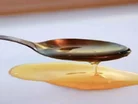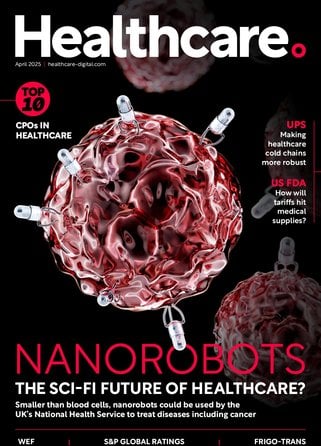Study discovers association between high fructose corn syrup and diabetes

Scientists from the University of Southern California and University of Oxford have stated that they have found that the countries that include high fructose corn syrup in their food had a 20% high prevalence of diabetes as compared to countries that do not use HFCS in analysis on national food supplies explains the inase the number of people with type 2 diabetes, which results in the rise in the health care cost.
The study did not provide a direct cause-and-effect relationship and it shows that th rates of diabetes happened independently of total sugar consumption and obesity levels.
Study’s principal author Michael Goran, Professor of preventive medicine at USC’s Keck School of Medicine said, “HFCS appears to pose a serious public health problem on a global scale.”
Mr. Michael Goran serves as the director of the Childhood Obesity Research Center and co-director of the Diabetes and Obesity Research Institute. He also said, “The study adds to a growing body of scientific literature that indicates HFCS consumption may result in negative health consequences distinct from and a more deleterious than natural sugar.”
The researchers discussed how the U.S. has the highest per capita consumption of HFCS out of the 42 countries observed. The second highest per capita consumption of HFCS is found in Hungary.
Stanley Ulijaszek, the study’s co-author who serves as the director of the Institute of Social and Cultural Anthropology said, “This research suggests that HFCS can increase the risk of type 2 diabetes, which is one of the most common causes of death in the world today.”
Scientists also highlighted how the body metabolizes fructose differently than glucose, with fructose metabolism occurring independently of insulin and linked and linked to non-alcoholic fatty liver disease where insulin is converted into fat in the liver.
The team of investigators looked at the factors that led to U.S. to become the single largest consumer of HFCS. They found that that during the 1990s, HFCS made up 40% of all the caloric sweetners and was the sweetner used most often in sodas sold in the U.S.
As per the findings, the researchers also said that public health strategies be updated require better labeling of fructose and HFCS content found in the processed foods.
Some countries like Sweden and UK decided to not accept their assigned quotas, while countries like Hungary and Slovakia were able to buy the extra quotes from countries that didn’t take them.



